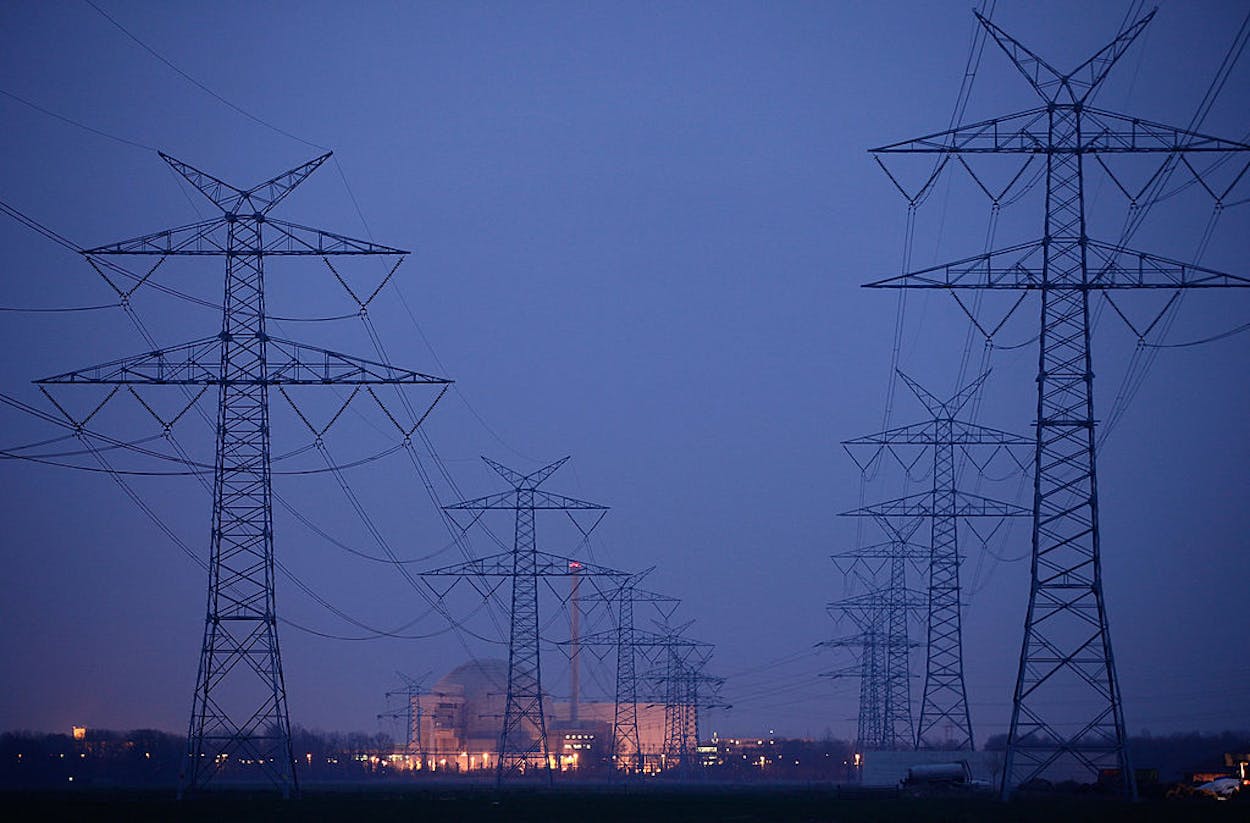While Americans are still in the dark about the status of the U.S. electric grid, a Texas university is working on its own innovative project to provide affordable and reliable energy—to India.
Texas A&M is part of an United States team that received $7.5 million from the Department of Energy to update India’s power grid. The team is comprised of representatives from universities and research institutes, Department of Energy national laboratories, and private industries. The project, which includes a team of similar entities based in India, aims to make the country’s energy more widespread while incorporating renewable energy sources and implementing efficient methods of energy storage. With a matching grant from India’s Ministry of Science and Technology for the India-based team and contributions from both American and Indian industry partners, the total sum of funding for the five-year project comes to $30 million.
Mladen Kezunovic serves as director of Texas A&M’s Engineering Experiment Station Smart Grid Center, a 2012 addition to the university’s electrical and computer engineering department that focuses on providing cutting-edge energy sources. Kezunovic said A&M was a logical pick for the team, particularly because of the A&M Smart Grid Center’s past research on energy storage—a primary focus for the India project.
“With the [energy] storage, you can support a given customer if the grid cannot support the customer,” Kezunovic said. “So the question is: where do you put energy storage and how you operate energy storage to do that? And we have studies that we have done along those lines before.”
Along with Miroslav Begovic, the head of the electrical and computer engineering department, and fellow regents professor Chanan Singh, Kezunovic will be extending Texas A&M’s prior energy storage research to the power grid project in India, making use of the Smart Grid Center’s test beds. The three professors will also collaborate on training courses for members of the energy grid industry.
Although the project directly benefits India’s power grid, Kezunovic believes the U.S. also stands to profit from the partnership. “We have the same problems with planning energy storage,” Kezunovic said. “While we are helping India to solve certain problems, we’re also learning about certain issues with the grid that they have, so that can help us to better understand different phenomena associated with using this technology. We are getting a ‘both ways learning’ out of this.”
In addition to energy storage research, other findings from the project will give insight into strategies for incorporating solar, wind, and hydro power into the U.S. grid. It will also allow researchers to explore the efficiency of newer technologies like microgrids, smaller-scale grids that can disconnect from a larger one and operate independently. All of the research will be working toward what energy gurus refer to as “smarter” power grids in both India and the U.S.
Ultimately, the partnership is striving to be on the cutting-edge of providing resilient, reliable electricity—and involving Aggie engineering ensures that Texas will be a part of that global conversation.
- More About:
- Energy






